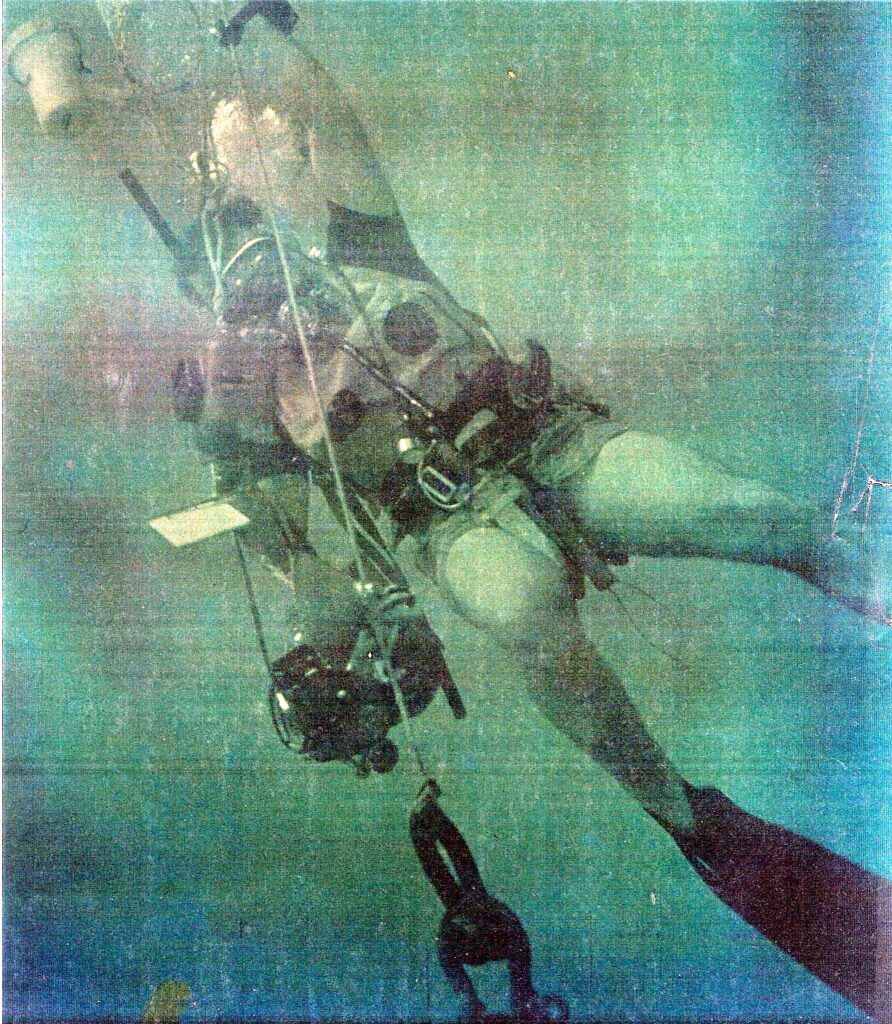Oldest known footage of healthy coral reefs rediscovered as they go extinct
by Tom Goreau | Jun 28, 2025 |
By Tom Goreau, June 28 2025
The oldest known underwater film footage of extremely healthy shallow and deep coral reefs, showing Dr, Thomas F. Goreau diiving in Jamaica in November 1957, has just been rediscovered after nearly 70 years lost, sitting in plain sight.
The two unlabelled reels have been in my home library the entire time, part of materials of pioneering science photographer Fritz Goreau (inventor of the macro lens for close-up photography). I just had them digitized out of curiosity, seeing them yesterday for the first time.
They do not appear to have been looked at before, neither my grandfather or father, pioneers of underwater photography, ever mentioned them, probably due to lack of a film projector, and I inherited the tapes from them and kept them without knowing what they were, until now!
The footage shows Dr. Thomas F. Goreau, pioneer coral reef scientist, diving in stunningly rich coral reefs near Ocho Rios, Jamaica. The footage was taken by Dave Owen, Diving Safety Officer at the Woods Hole Oceanographic Institution, and author of the first technical diving manual in English.
I’ve made careful searches of all the published photos and films of the earliest divers for ecologically useful photos that allow ecology of coral reefs to be studied, and have never found good footage of healthy reefs until those taken by Ron and Valerie Taylor in the Great Barrier Reef in 1967. We have been trying to preserve that footage for years, but it seems to have been lost in Belgium by the University of Liege and the Belgian National Film Archive, which inherited it.
There is earlier footage by Hans Hass, Jacques Cousteau, and others, but they only show them and their buddies spearing the largest fish they could find. Corals show up in the background accidentally and out of focus, useless images for serious ecological assessment.
The recently rediscovered 1957 Jamaica footage is the first known to document the ecology of the entire reef, from the surface wave-breaking reeef crest down into deep underwater canyons and caves. It shows that astonishingly rapid growth of staghorn and elkhorn corals had in a just a few years almost completely erased catastrophic hurricane damage from Hurricane Charlie in 1951, the worst ever to hit Jamaica at that time, which flattened the branching corals on the reef, and took the roof off our house.
GCRA will remaster and restore the priceless old Jamaica coral reef footage, and plans to present it next year, along with the definiitive collection of Caribbean corals, the Goreau coral reef photograph collections from the 1940s, 1950s, and 1960s, and memories by the first explorers of a now vanished ecosystem.
The Global Coral Reef Alliance is seeking funds to preserve and post the last and oldest records of a vanished world, which is all that future generations will be able to see of what was the richest ecosystem on the planet, which is the first, but will not be the last, to be destroyed as climate begins catastrophic overshoot of human survival capacity. The oldest known film documentation of these now almost extinct coral reefs provides an elegy for the first ecosystem being killed by lying politicians serving the fossil fuel industry. GCRA calls again for reparations for coral reef countries whose resources are being destroyed.

Professor Thomas F. Goreau, diving on Jamaican coral reefs
